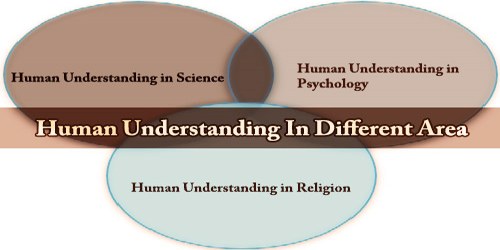Infants delivered prematurely are often not considered viable until after 24 weeks gestation. This means that if you have a baby before they are 24 weeks old, their chances of survival are usually less than 50%. Some infants are born before the 24th week of pregnancy and survive. However, these infants have an extremely high risk of developing significant long-term health problems. Because they were born prematurely, around 40% of these preemies will have long-term health difficulties.
Infants aged 24 weeks have a survival rate of 60 to 70 percent. However, if a woman can stay pregnant for two or three weeks longer, the chances of a 24-week-old preterm dying decrease considerably. The preemie’s chances of having long-term health problems also decrease dramatically.
A study conducted at 19 medical centers from 2013 to 2018 discovered that the survival rate of babies born at 22 weeks (30%) and 23 weeks (55.8%) had increased significantly compared to the same study conducted from 2008 to 2013, when only 7% of babies born at 22 weeks and 32% of babies born at 23 weeks survived.
According to a new study co-authored by a University of Rochester Medical Center (URMC) researcher, the survival rates of extremely pre-term babies have grown dramatically over the last decade.
Academic medical facilities have taken best practices, applied them, and disseminated them to a larger and larger group nationally. When kids are born at the boundaries of viability, we as clinicians support parents in a collaborative decision-making process.
Carl D’Angio
The study, titled “Mortality, In-Hospital Morbidity, Care Practices, and 2-Year Outcomes for Extremely Preterm Infants in the United States, 2013-2018,” looked at the survival outcomes of 10,877 infants born between January 1, 2013, and December 31, 2018, at 19 academic medical centers that make up the NIH-funded Neonatal Research Network.
At 22 weeks, 30.0 percent (60/200) of actively treated infants survived, while 55.8 percent (535/958) survived at 23 weeks. This is a much greater rate of survival than the last study, which was done between 2008 and 2012, when survival to discharge was 7% (22/334) for live-born children at 22 weeks and 32% (252/779) for live-born infants at 23 weeks.
According to Carl D’Angio, M.D., co-author and Chief of the Division of Neonatology at URMC, this increase in outcomes for extremely pre-term infants can be ascribed to a variety of variables, including improved treatment methods among participating medical centers.
“Academic medical facilities have taken best practices, applied them, and disseminated them to a larger and larger group nationally,” D’Angio added.

According to D’Angio, collective progress in care in a range of areas has led to the change in results. “When we look at survival in practically any group of newborns, we see a slew of factors at work. There are similarities and disparities in how they are handled at various locations, but there are several areas where we have made progress, such as ventilation, feeding, and hydration.”
According to D’Angio, when newborns are delivered at 22 or 23 weeks, practically every organ is immature, with the lungs and brain being among the most vulnerable.
In addition to evaluating survival outcomes, the report examined the health of severely pre-term infants after two years, looking at things like neurodevelopment, cerebral palsy, eyesight, hearing, rehospitalizations, and the need for assistive devices. More than 8% had moderate to severe cerebral palsy, 1.5 percent had visual loss in both eyes, 2.5 percent required hearing aids or cochlear implants, and 15% required mobility aids such as orthotics, braces, walkers, or wheelchairs.
Nearly 49 percent had no or relatively mild neurodevelopmental impairment, 29 percent had moderate neurodevelopmental impairment, and 21 percent had severe neurodevelopmental impairment.
This study, as well as a general improvement in outcomes, can assist clinicians in providing clear information to families when kids are born significantly pre-term. In biology, viability refers to the ability to survive effectively. If a fetus has reached the stage of development where it can live outside of its mother’s womb, it is deemed viable.
“When kids are born at the boundaries of viability, we as clinicians support parents in a collaborative decision-making process,” D’Angio added. “The impending birth of a severely premature infant is a huge source of stress for families. Presenting the evidence we have and informing parents about what to expect in the long run is an important element of helping parents cope. This latest study is positive news for shaping those discussions and providing a more optimistic probability for good outcomes.”
















